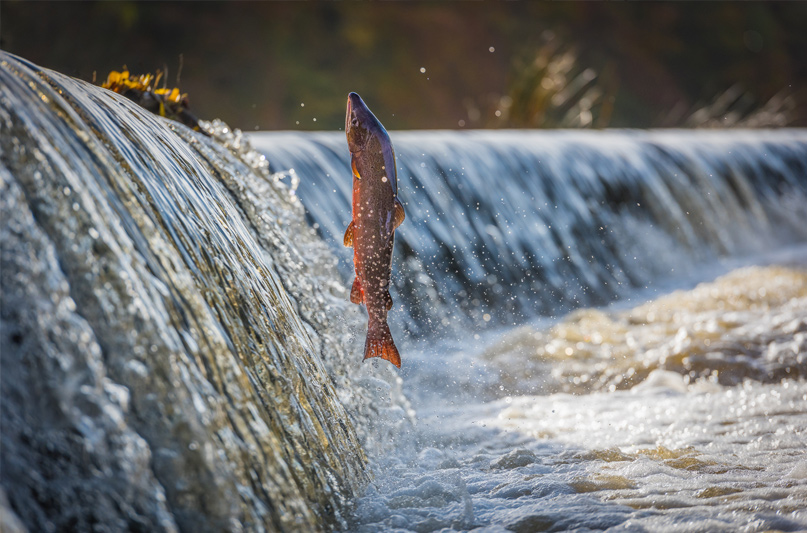 Recently, the Washington State Legislature designated $45 million to salmon habitat recovery projects. Salmon, especially Chinook, are a staple in the diet of the southern resident orcas, and the reduction in total number of Chinook salmon is thought to be a major contributor to the decline of the orca population. The 64 total grants were awarded by the Washington State Salmon Recovery Funding Board, in association with the Puget Sound Partnership. The grants will go the counties surrounding Puget Sound and will focus on improving salmon habitat and conserving shorelines and riverbanks.
Recently, the Washington State Legislature designated $45 million to salmon habitat recovery projects. Salmon, especially Chinook, are a staple in the diet of the southern resident orcas, and the reduction in total number of Chinook salmon is thought to be a major contributor to the decline of the orca population. The 64 total grants were awarded by the Washington State Salmon Recovery Funding Board, in association with the Puget Sound Partnership. The grants will go the counties surrounding Puget Sound and will focus on improving salmon habitat and conserving shorelines and riverbanks.
“When we invest in salmon recovery, it’s not just salmon that we’re saving,” said Governor Jay Inslee. “Whether you live near, love to play in, or simply care about Puget Sound, this funding is a cornerstone of doing that—and investing in that habitat kick-starts a suite of other benefits. We’re also preserving our Pacific Northwest legacy, our way of life, our jobs, our neighborhoods, and our communities.”
Species of Northwest salmon have been on the federal endangered species list since the early 1990s, and at one point 14 species of local salmon and steelhead, and 3 species of bull trout were on the list. At the start of the 21st century, 40 percent of historic salmon breeding ground in Washington, Oregon, Idaho, and California had disappeared. There have been recovery efforts over the last 20 years, but in some areas, progress has slowed and even reversed. “We know that restoring salmon to levels that support our environment, other wildlife, and people, takes time, effort, and of course, sustained funding,” said Kaleen Cottingham, director of the Washington State Recreation and Conservation Office. “That’s what makes this continued investment so important, and we’re looking forward to seeing it play out in the shovel-ready projects teed up across Puget Sound.”
The awarded grants will be used for various projects around Puget Sound, including the removal of a diversion dam that will open up 37 miles on the Pilchuck River, the reconnecting a mile of the Dungeness River with 112 acres of floodplain, and opening 16 miles of habitat on the Nooksack River. Projects are prioritized by local watershed groups, which are the lead entities, as well as regionally ranked by the Puget Sound Salmon Recovery Council. Funds for the grants came from the sale of state bonds.
“The Puget Sound Partnership is committed to recovering salmon populations in this region and we are thrilled to see this funding come through,” said Laura Blackmore, executive director of the Partnership. “Salmon are integral to the identity and traditions of the Pacific Northwest and are a vital part of the Puget Sound food web. This funding will support projects that help recover salmon populations and feed our struggling southern resident orcas.”